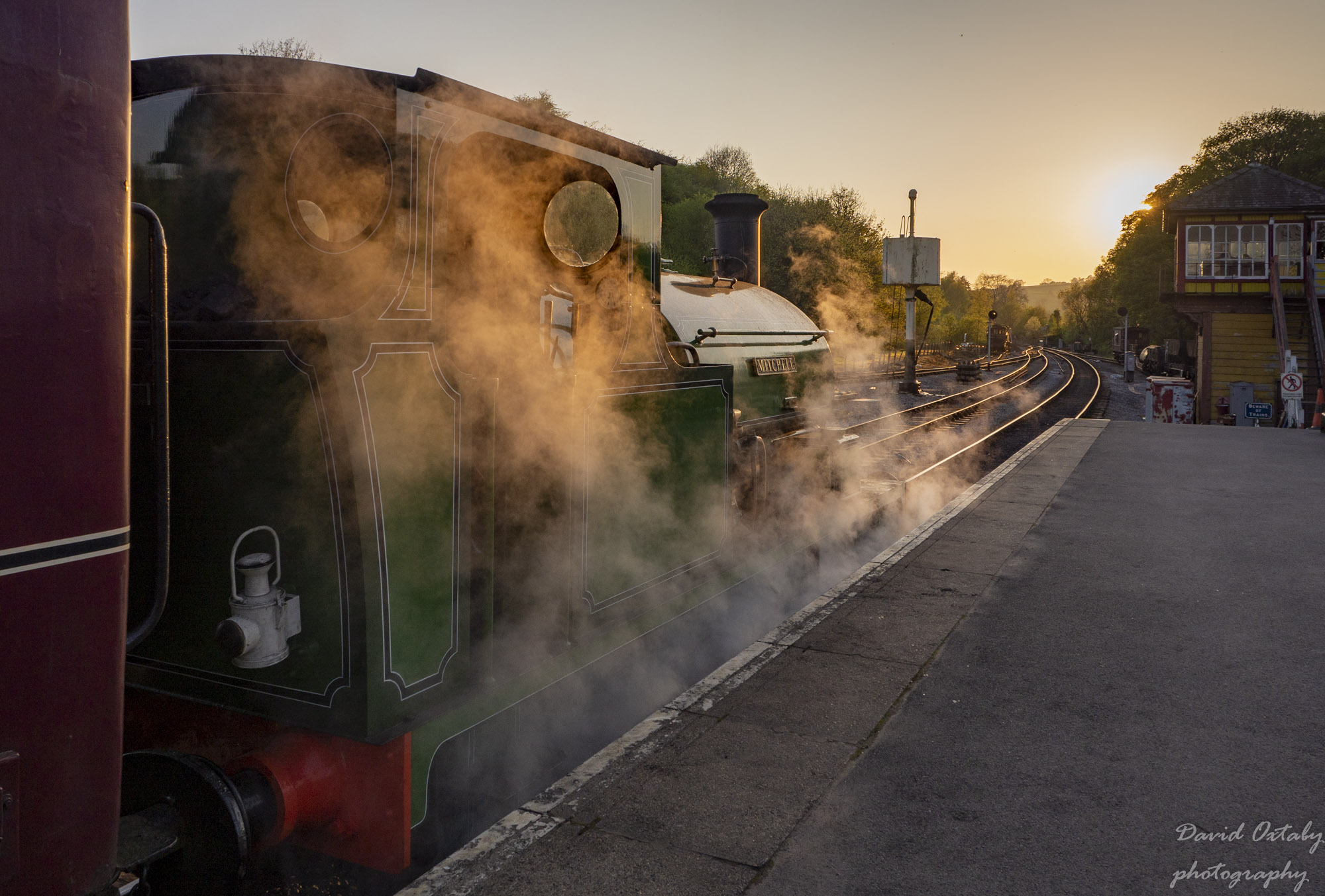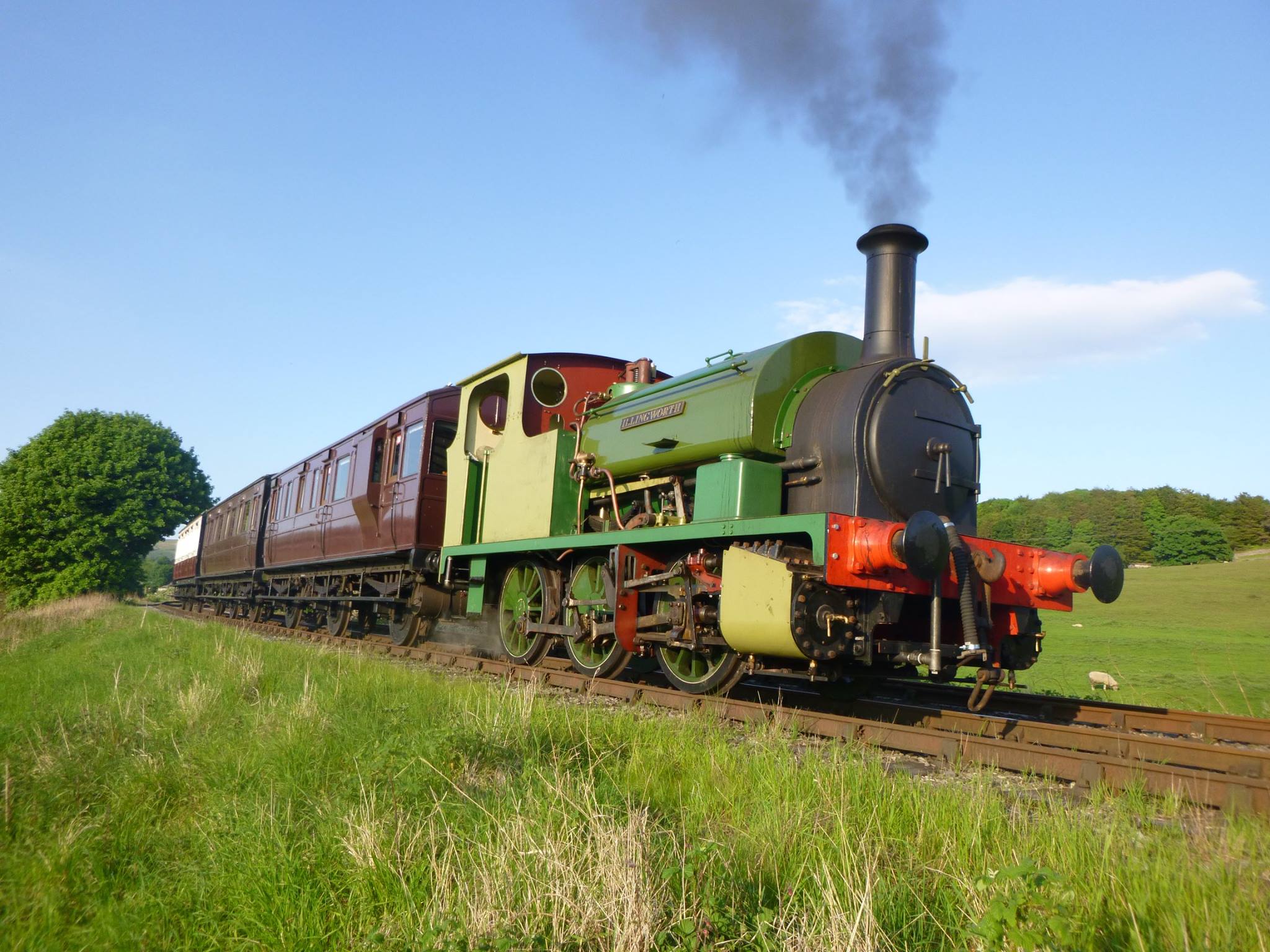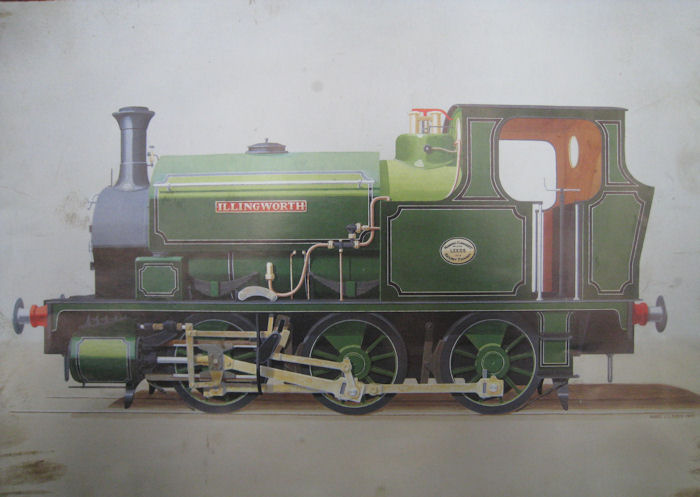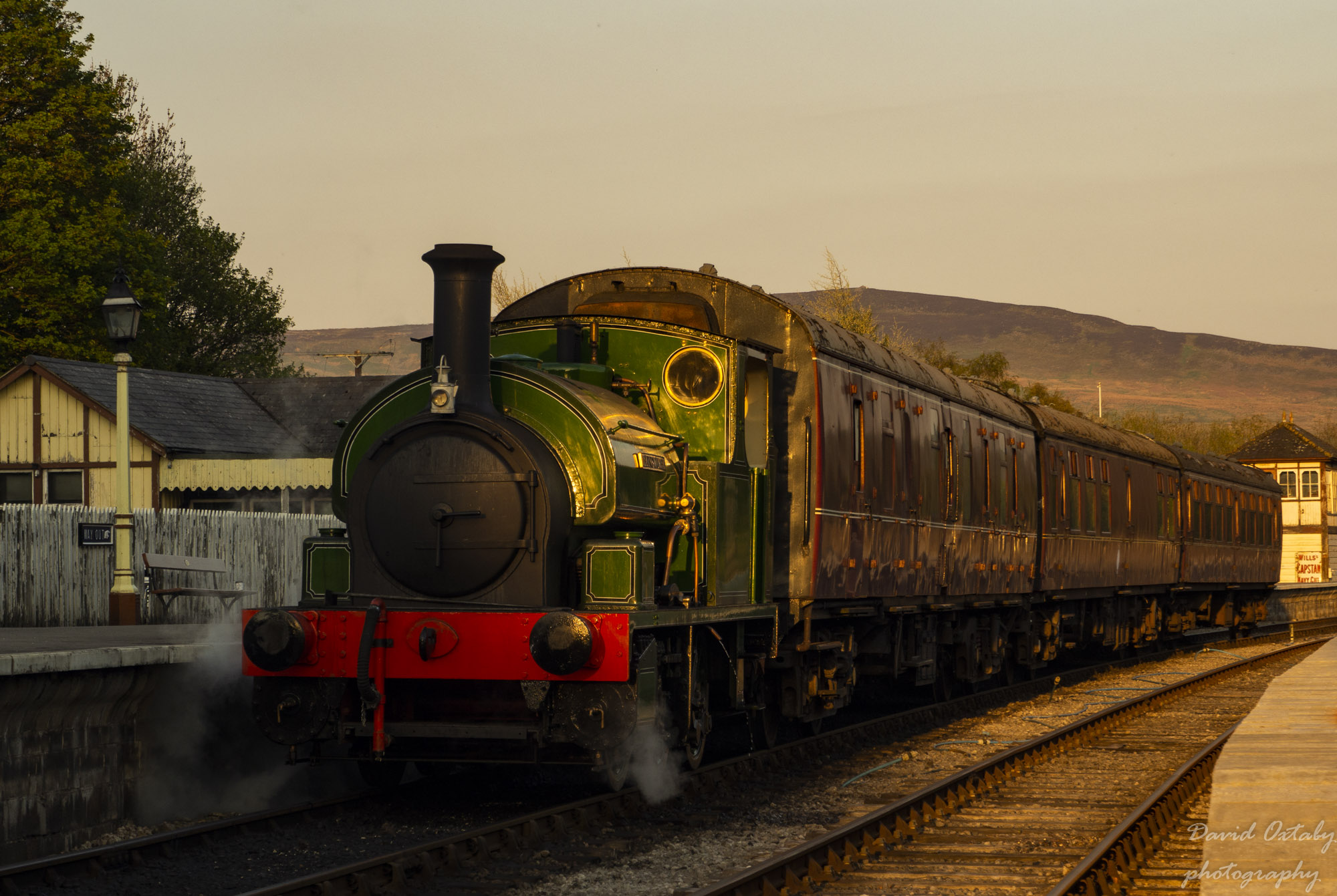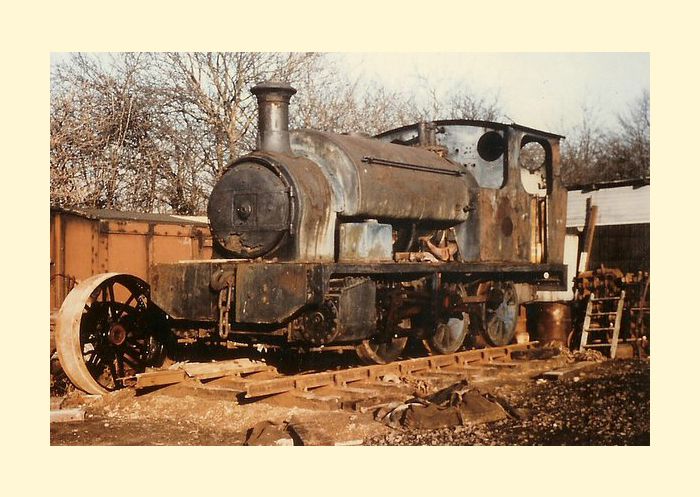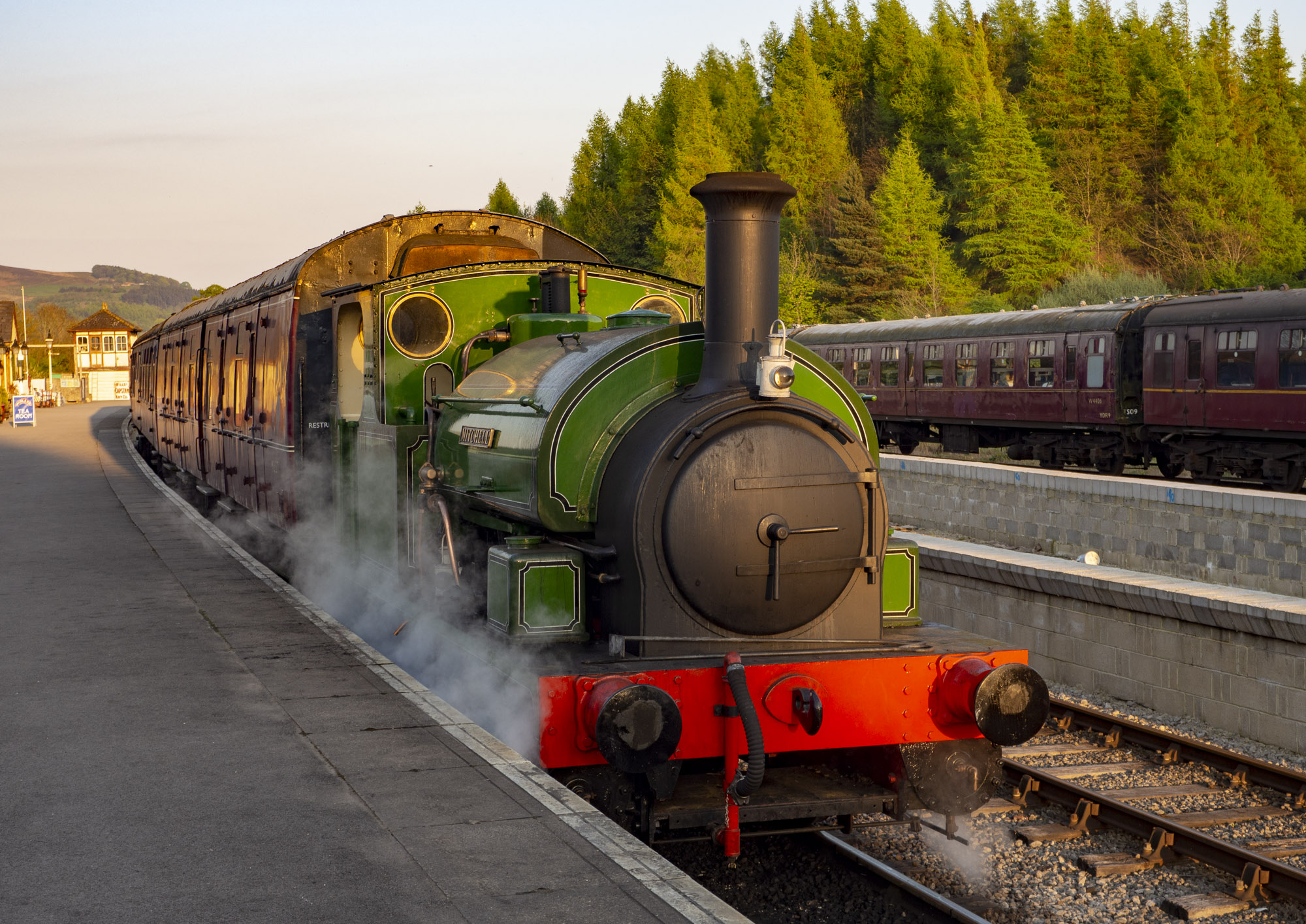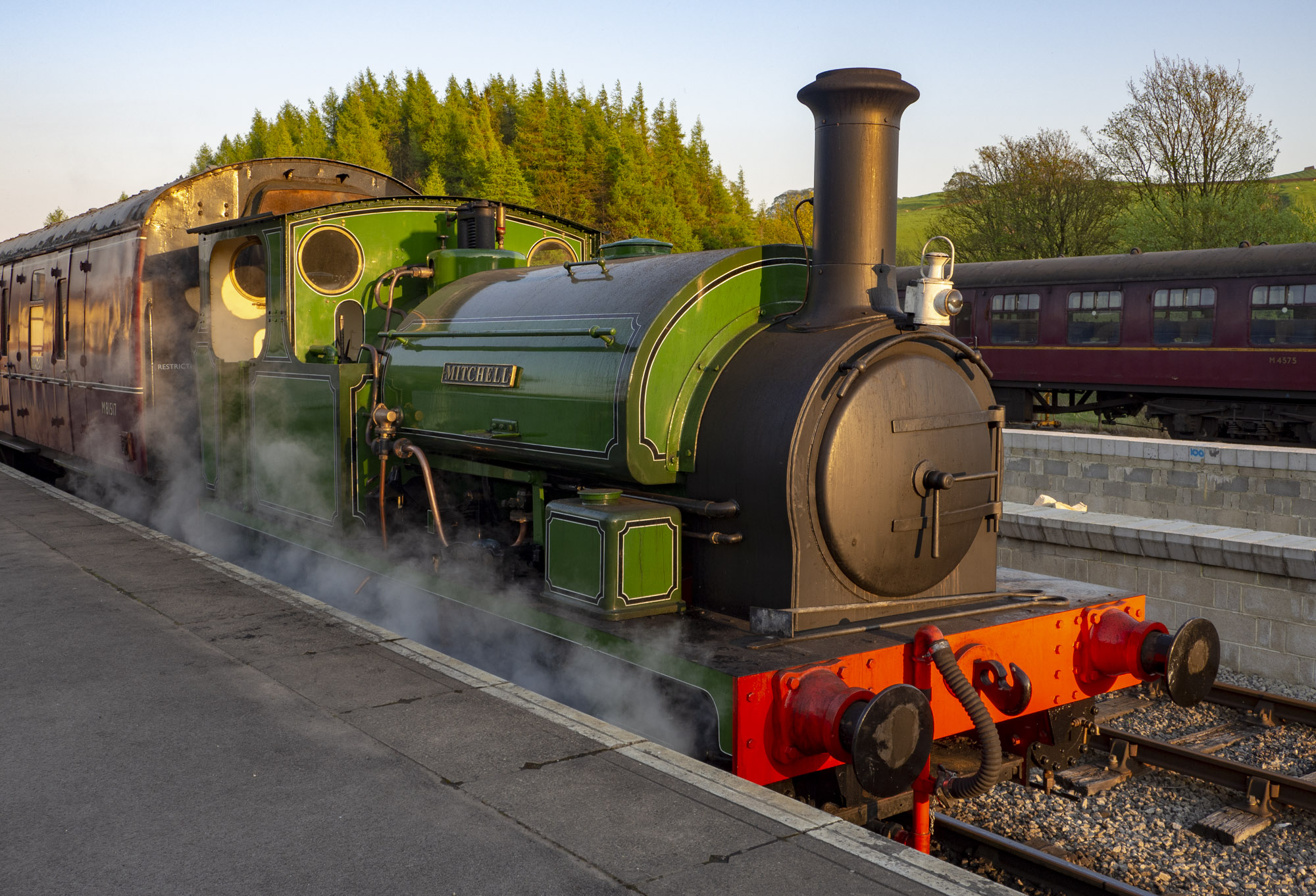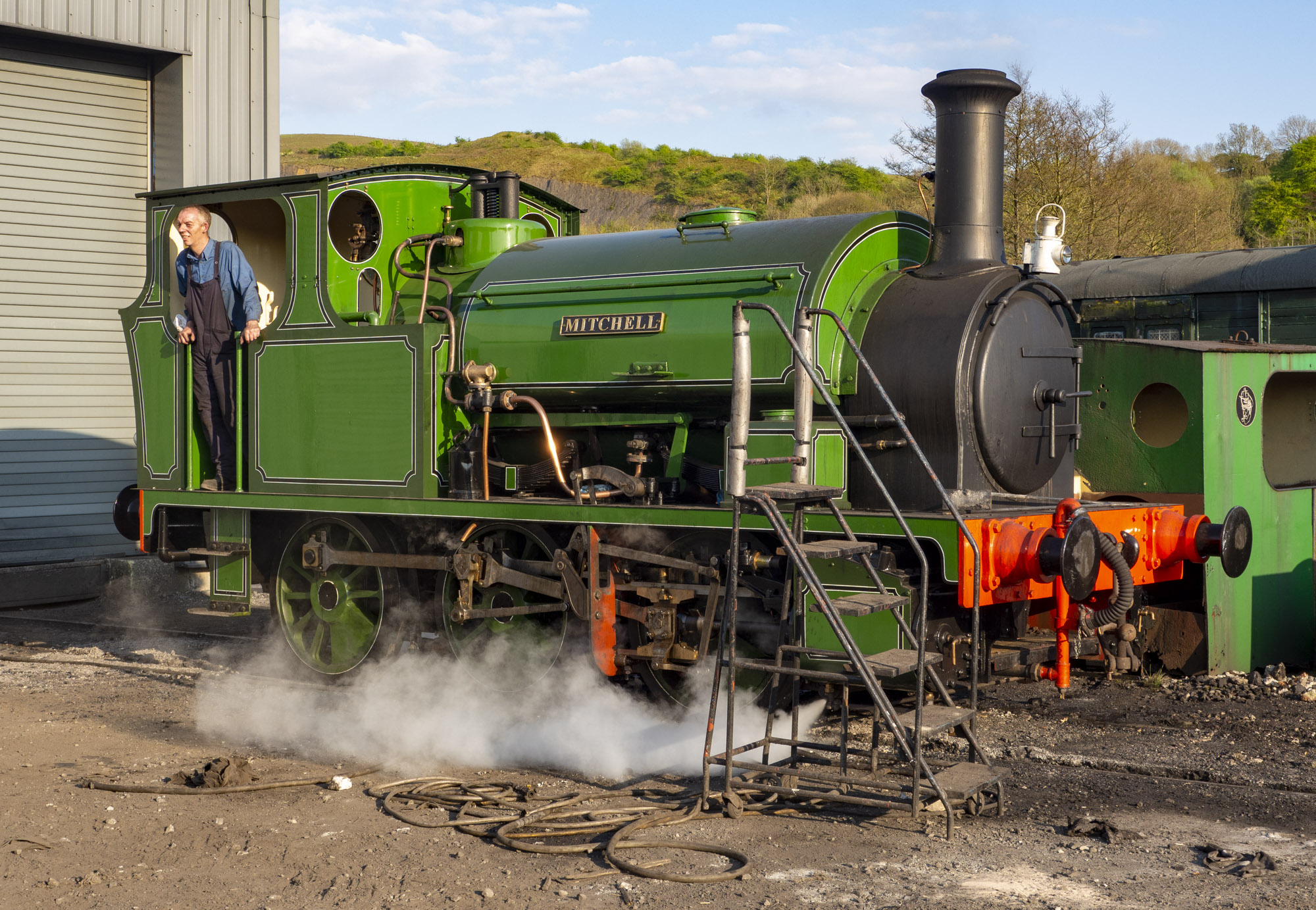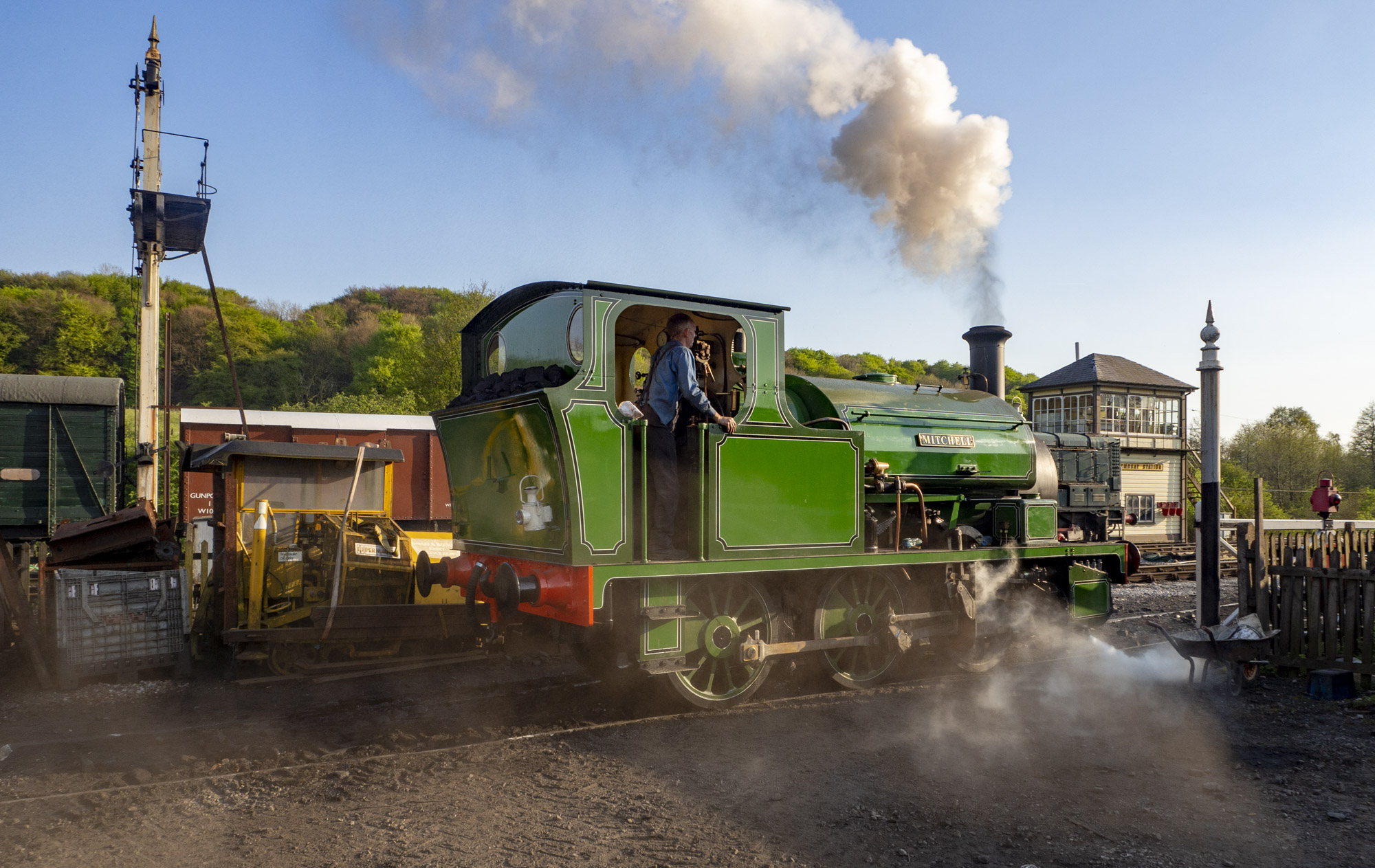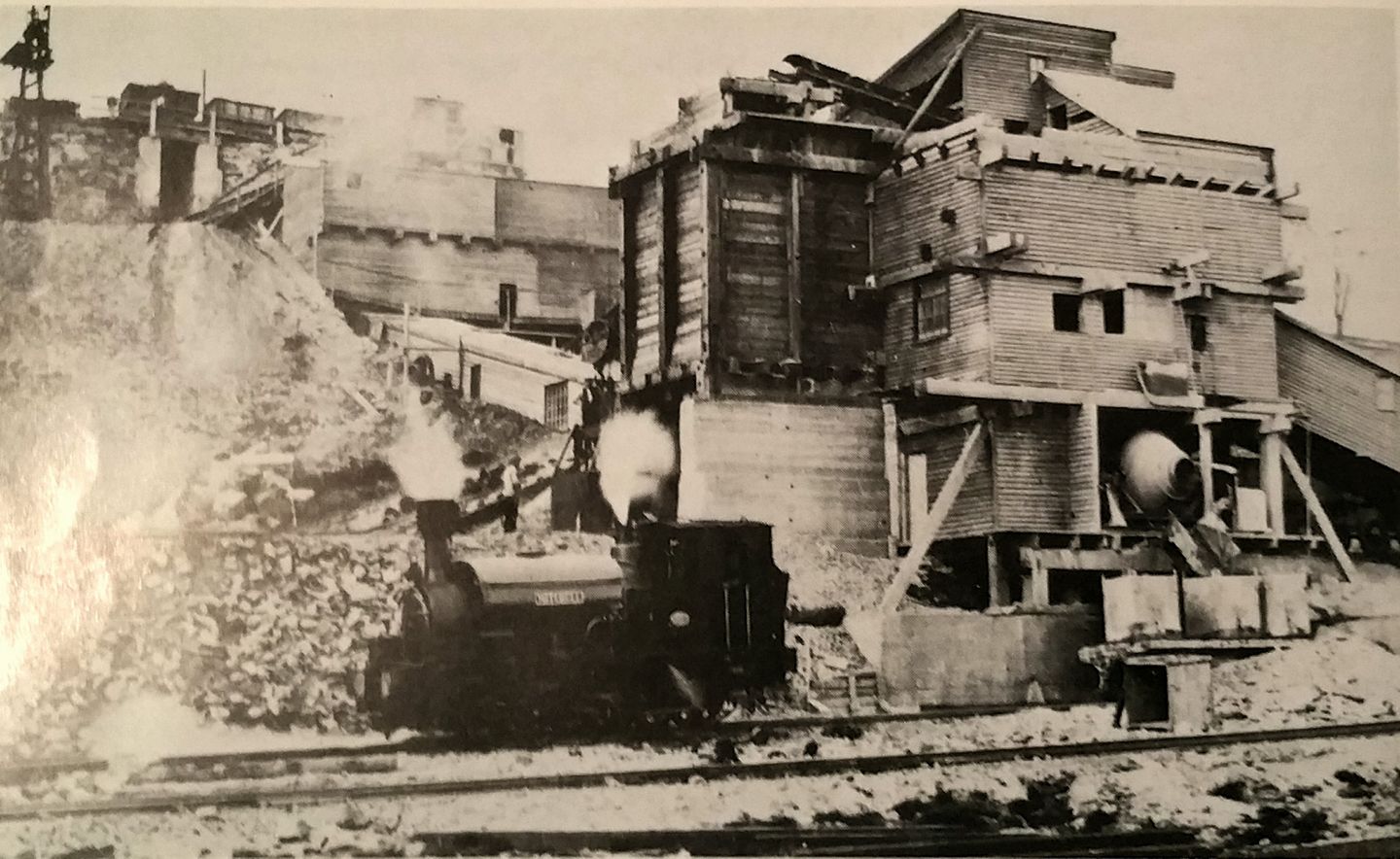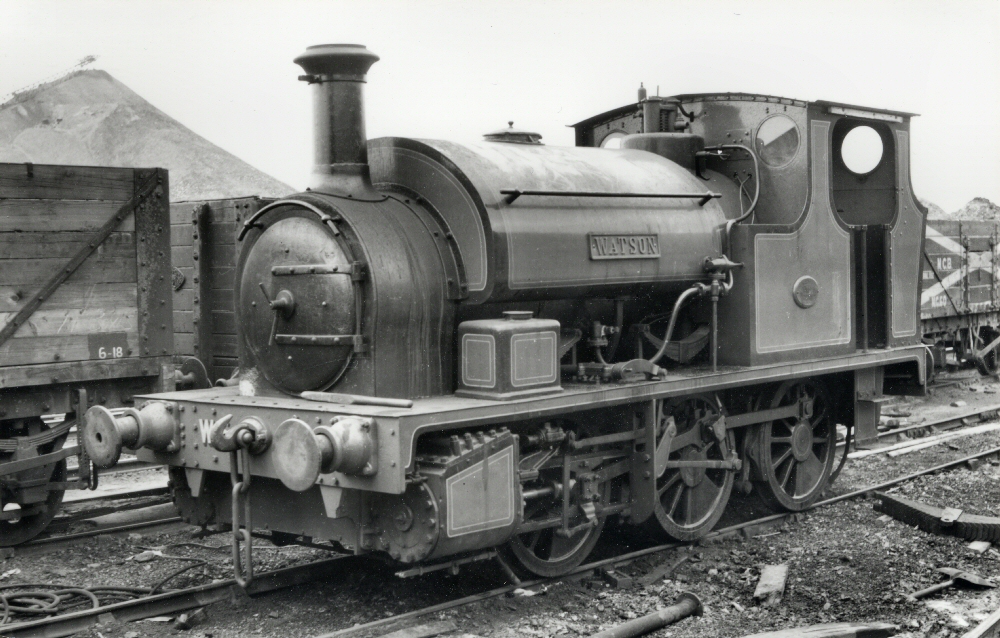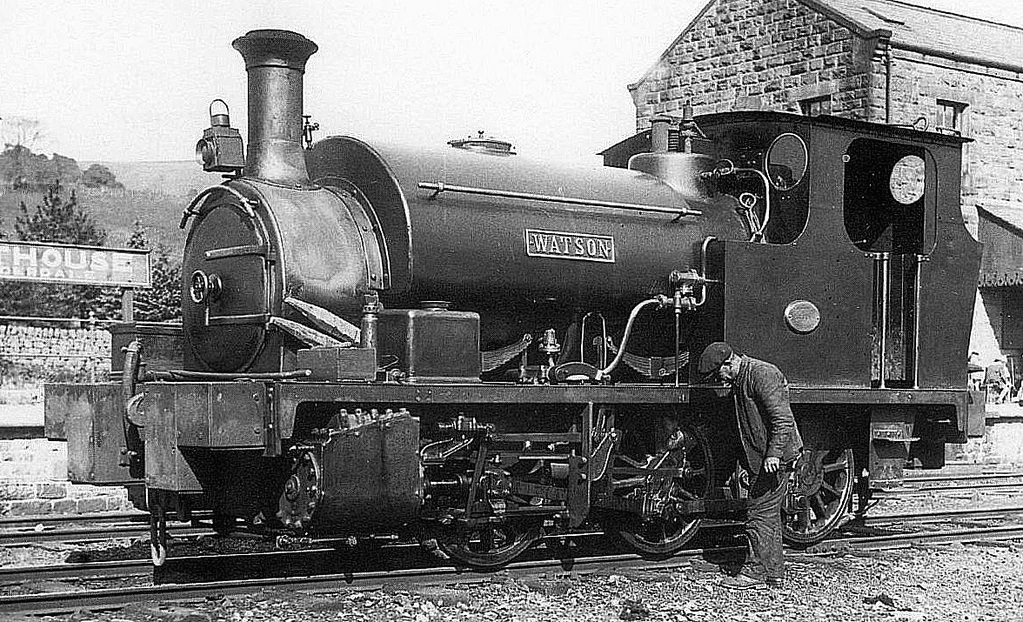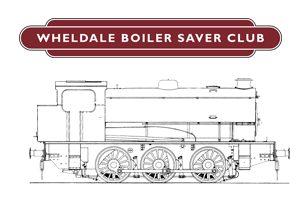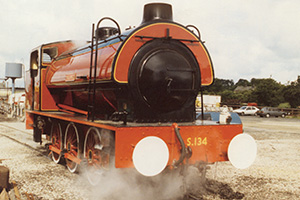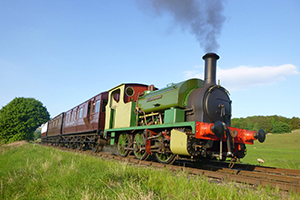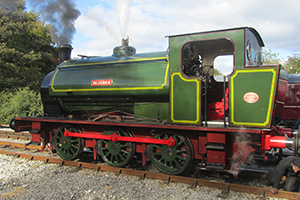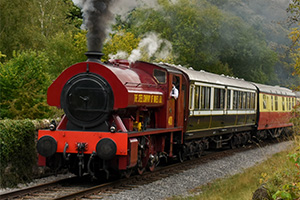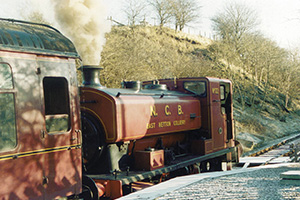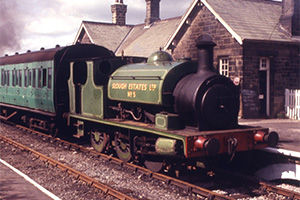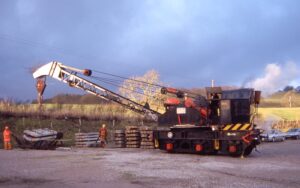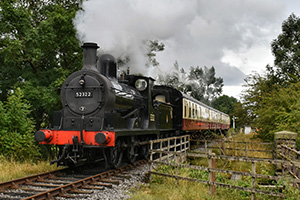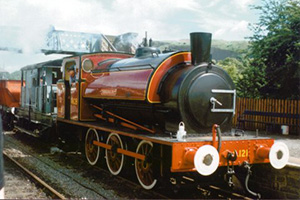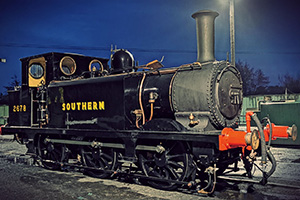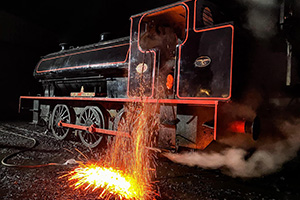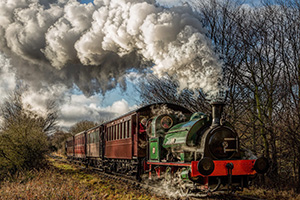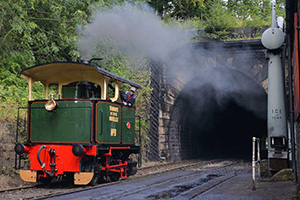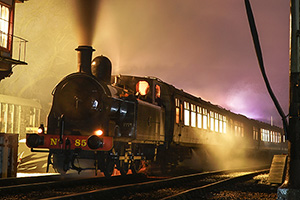
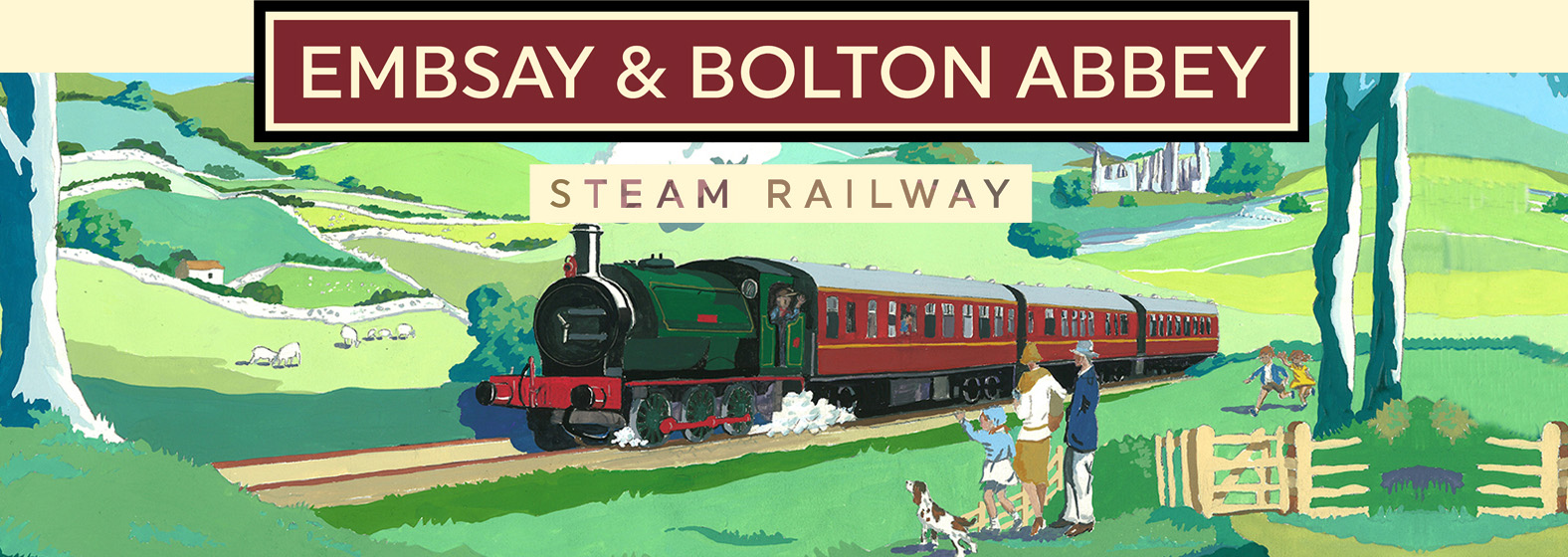
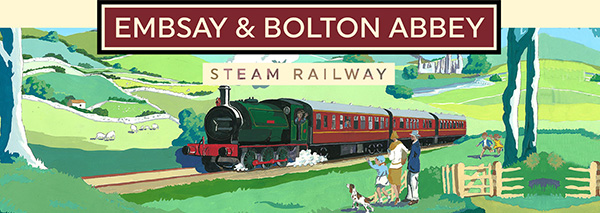
NIGHTINGALE / SEACOLE
PRESS RELEASE: APRIL 2022
Veteran Locomotive renamed to honour nursing pioneers
1916 built steam Locomotive ‘Illingworth’ has been renamed ‘Nightingale and Seacole’ at a ceremony at Embsay Station.
During the ceremony, tribute was paid to the courage shown by the current generation of nurses, midwives, nursing associates and healthcare support workers throughout the pandemic, and still today as they continue to tackle the direct and indirect effects.
It will be a lasting remembrance of this most difficult time, honouring those working on our frontlines and across all health and care services.
Mary Seacole and Florence Nightingale are two of the world’s most famous nurses, both being remembered for the advancements in nursing which they developed whilst caring for injured soldiers during the Crimean War. Many believe that Mary Seacole did not receive the recognition she deserved; this name will remind future generations of the contribution and sacrifice that Internationally educated nurses and midwives and those from an Ethnic Minority have made during the Covid crisis.
Professor Greta Westwood of the Florence Nightingale Foundation and Trevor Sterling of the Mary Seacole Trust unveiled the relevant nameplates before joining guests for a ride in Queen Victoria’s saloon and vintage directors’ carriages.
Nightingale/Seacole is resident at Embsay and Bolton Abbey Steam Railway and is seen regularly on the Victorian passenger trains. Previously it carried two names, Illingworth and Mitchell of Bradford Corporation, and earlier in it’s history it has also been named ‘Harold’ and ‘Robert McAlpine No 88’ and ‘Swynnerton’.
LOCOMOTIVE HISTORY
In 1916, Hudswell Clarke built an 0-6-0ST, with works number 1208 which was then used for war work at the Ministry of Munitions at Gretna Green. In 1922 it was bought by the Bradford Corporation to work passenger and goods trains over the Nidd Valley Light Railway between Pately Bridge and Lofthouse, and up to Scar House reservoir. It was initially named “Mitchell” after the waterworks engineer who was overseeing the reservoir project.
In 1930 (until 1938) it was renamed ‘Illingworth’ after William Illingworth, who opened the reservoir in 1936 as part of the Nidd Valley Water Supply Scheme. Upon the closure of the line in 1936, it was sold to Sir Robert McAlpine Ltd., renamed ‘Harold’, and worked upon the building of the huge Ebbw Vale steelworks in Wales.
It was sold to Mowlem’s in 1940, and once again carried out war duties, this time at Swynnerton and Ruddington, taking the name ‘Swynnerton’.
In 1946 it worked on the Workington breakwater project and then Mowlem’s Braehead power station before being consigned to scrap in 1957. Somehow the engine survived intact, spending half its life as a rusting hulk, passing through several owners but never on public display.
Stephen Middleton was surprised to discover that the locomotive had survived – in bits in a garden. It is the sole surviving Nidd Valley locomotive, and resided at Great Fransham Station, near Swafham in Norfolk. Stephen tracked it down and negotiated its purchase and embarked upon a lengthy and expensive restoration.
Illingworth was finally steamed again during May 2017, making its preservation debut on the Embsay & Bolton Abbey Steam Railway’s Branchline Weekend Event. These were the first passenger-carrying trains which Illingworth had hauled for over 80 years!
During April 2022, the locomotive was named Seacole and Nightingale.

Join our newsletter!
We'll send you occasional newsletters with news, events and special offers from the railway. We'll never spam you, nor pass your email to third parties. Unsubscribe at any time.
